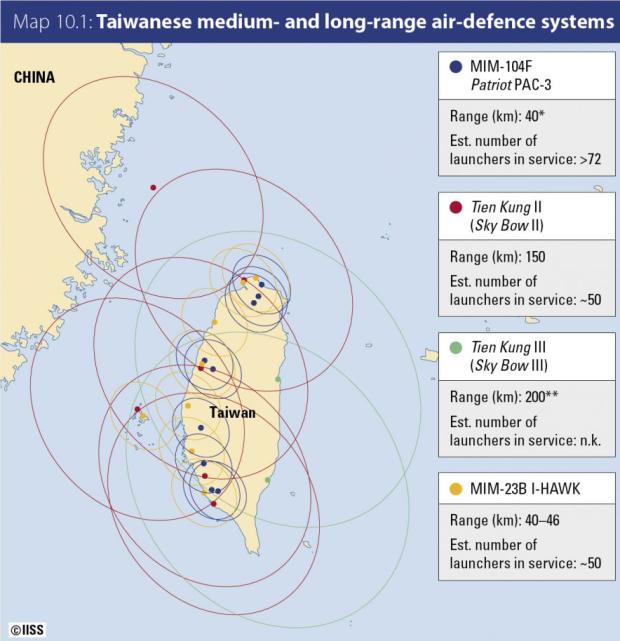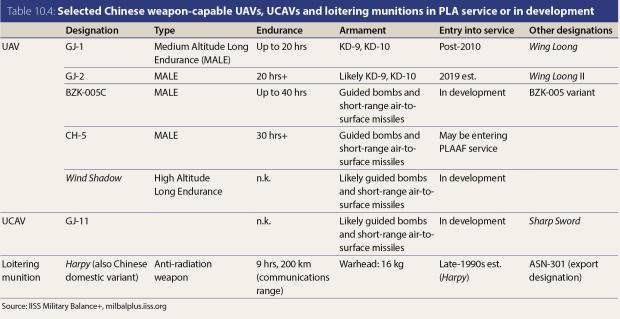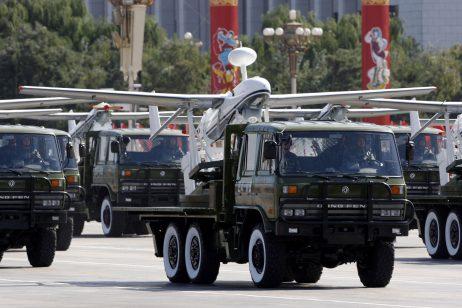The Growing Challenges Posed by AI-Equipped Chinese Drones



According to Thediplomat.com, there is growing debate within U.S. foreign policy and defense circles regarding how the U.S. might help defend Taiwan in the event of mainland aggression. The debate centers on emerging artificial intelligence (AI), robotics, cyber warfare and hypersonic weapons systems, as well as drones and unmanned underwater vehicles (UUVs) that potentially could threaten a U.S. Navy carrier group in the Philippine Sea. The question is whether use of drone swarms and UUVs by the Chinese People’s Liberation Army (PLA) would potentially neutralize a U.S. aircraft carrier as well as Taiwanese medium- to long-range air defenses.
The introduction to the cited article notes, “The fictitious scenario in 2030 describes the emerging technological capabilities alongside novel operating concepts and highlights the role of senior decision-makers in determining the character of future conflict. A second section of the article aims to analyze the emerging technological capabilities’ current state of development in China. It should be understood that the scenarios are meant to be illustrative of emerging technological capabilities, operational concepts and leadership choices rather than resolving real political problems or predicting the character and place of actual warfighting in the 2030s.” For details, please visit Thediplomat.com.
Thanks to CDR David Place (USN/Ret), davidplace47[at]gmail[dot]com, and Robin E. Alexander, President ATC, alexander technical[at]gmail[dot]com, for their assistance with this report, the background for which appeared in their # 21 - 17 - 5 JULY 2021 edition of the UNMANNED SYSTEMS NEWS (USN).
David distributes the USN, a free, comprehensive newsletter in PDF format every week or two, as well as serial news flashes, from which this NREF news update was sourced. To be included in his distribution, simply send David a subscribe request to davidplace47[at]gmail[dot]com.
